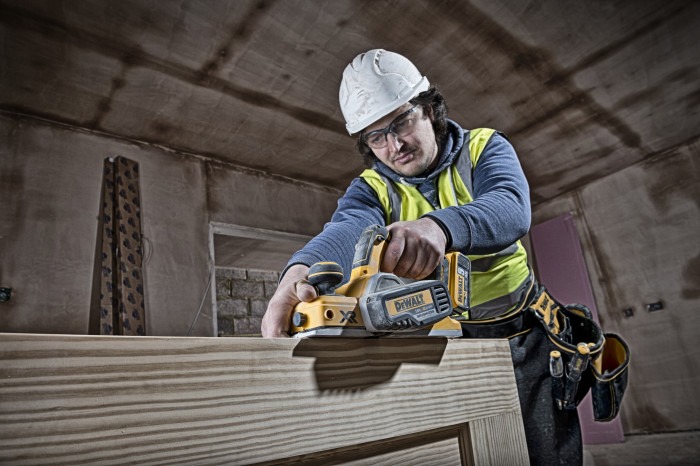Roger Bisby takes us behind the scenes of the latest Skill-builder 18-volt drill test which puts drills from Makita, Bosch, Dewalt, Milwaukee, Metabo, Festool, Hitachi and Panasonic through their paces.
The Skill-builder 18-volt drill test has proved to be our single most successful YouTube video ever with over 3/4 of a million views and rising. It has also prompted more comments and debate among viewers than any other video on our channel.
Who knew there was so much passion coursing through the veins of drill users and abusers? Well, we did and Skill-builder actively encourages debate because we believe the comments below the video are as important as anything on-screen.
In those comments we were asked over and over why we had left out certain brands and we were also asked why we picked particular models.
We took this all on board and we knew that we should brace ourselves for the inevitable; a new updated test. It was also necessary because, since our first test, there have been some significant changes.
Naturally, manufacturers have all tried to take the best bits of technology from their competitors and incorporate them into their models and battery technology has taken another leap forward. So this time we stipulated 5AmpHr.
In our new 18-volt test we included more brands and this time we asked the manufacturers to submit the drill of their choice. We assumed that everyone would send us their most powerful and expensive machine but this was not the case.
Bosch and Hitachi sent us their 4 pole brushed motors because they sell well as entry-level models. We knew they wouldn’t win but the question was by how much they would lose?
Is it worth spending the extra on a brushless motor in terms of performance and runtime? The results were slightly skewed by two 5.2 Ah batteries form Metabo and Festool.
Did the extra 0.2 Ah make a difference? We also had a 3-speed gearbox from DeWalt and a 4-speed box from Festool.
The individual results are there for all to see but in order to make some kind of sense of the results we had to devise a measure of performance against price.
Again this was something our viewers wanted. This is not easy, which aspect of performance should we measure?
We decided that taking the torque and dividing that number by the average (not list) price gave us a figure that we called ‘bang for buck’. It shows how much each Newton Metre of torque costs and it is revealing.
We then arranged each drill in order of its performance in each test so the drill that gave us the best runtime gained the top mark of 8 (because there were eight drills in the contest) and the one that gave the least runtime got one point.
Working through the various categories we awarded points for each drill and added them up at the end to find the best all-rounder. For the second time running the drill that came out best in test was the Milwaukee 18 FPD fuel motor. Not only does this machine have the highest torque it is also shorter in length than many and has a very good runtime and though not the cheapest, proved to be good value for money.
So the test is up on YouTube and again the comments are pouring in. They make entertaining reading. Many viewers are telling us that ours is the best drill review on Youtube and it has been generally well received.
We are happy about that but the comment I like best is the guy who says “I don’t care what your tests say the drill I own will beat them all”.
That is what they call a brand loyal customer, or could it just be blinkered? Far be it from us to drag him out of his comfort zone but it makes you wonder why he subjects himself to so much pain and doubt by looking at comparative tests in the first place.
He reminds me of a football supporter doggedly sticking to the choice he made years ago in his naive youth. Even though his team has been losing for years, there is still hope that one day they will rise up and win the league. He is a dreamer but we all need our dreams.




















